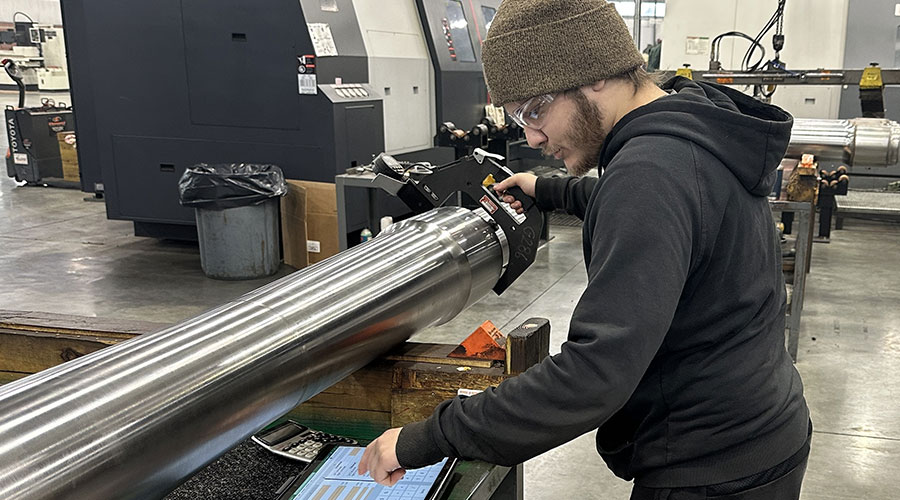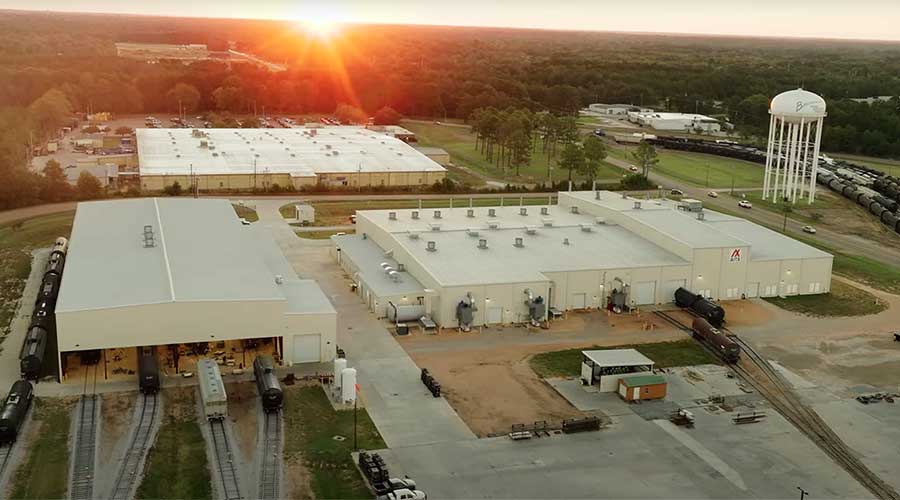Stay updated on news, articles and information for the rail industry
September 2011
Rail News: Mechanical
Analyzing rail-car values in the era of longer service life - by Toby Kolstad
— by Toby Kolstad
When reviewing rail-car leasing companies, or evaluating bonds or other debt instruments related to rail cars, investment analysts frequently want to know how long these assets last. The answer is both simple and complex: simple in that both the Association of American Railroads (AAR) and Federal Railroad Administration (FRA) limit the revenue service lives of rail cars to 50 years; and complex because in the past, most rail cars were retired for economic reasons long before that age.
So: How long will the recently built rail cars remain in active service?
Some have argued that rail-car designs have reached a plateau — no new designs have been successfully introduced since 1995 — and that the old rule of obsolescence in 25 years is no longer valid. Moreover, today's rail cars are designed to much higher performance standards, better maintained and loaded more carefully — so they could be in much better condition at age 50 than those built before 1995.
Based on these arguments, it can be reasoned that today's rail cars probably will last and be approved for revenue service beyond AAR's and FRA's current 50-year limit.
Some cars built before 1980 already have been approved for a 65-year service life, but the process of gaining that approval was very expensive. As more cars approach their 50th year in service, their physical condition may help make the case for an upward revision of the current 50-year limit. But don't look for this to happen until after 2020, and a lot could change before then.
The 65-year service life approved for autorack flat cars was needed to justify the installation of new autorack appurtenances that could last more than 25 years (the racks are not considered to be an integral flat-car part) on rail cars that only had 10 to 15 years left in their original 50-year service life.
Raising The Retirement Age
At some point, a similar argument could be made for installing electronic brake systems on older cars. If this technology — which has been around since before 1970 but only recently installed on a small number of cars in unit train service — is one day a common feature on new rail cars, than there will be a push to make the system mandatory on all rail cars.
That would give owners of old cars an incentive to retire equipment or seek an extended service life to justify installation of the new braking system. Just as the 1993 change in car-hire rules prompted the AAR to raise its 40-year service life limit up to the FRA's 50-year threshold without the required zero-age rebuild program, so too might the mandatory installation of electronic brakes prompt rulemaking bodies to increase the service lives of existing cars without the expensive fatigue tests or annual inspections now required.
In the meantime, car designs may advance as new materials are adopted, and stronger track, roadbed and bridge structures are designed and installed. It is likely that 315,000-pound gross weight rail cars one day will make 286,000-pound cars obsolete, and marginally less valuable — just as the 286,000-pound cars, introduced in 1995, made the 263,000-pound cars that had been around since 1963 technologically (but not economically) obsolete.
After AAR's 50-year ruling, many cars' market value at age 25 increased to 50 percent or more of their original purchase price, more than offsetting any decrease in value due to the introduction of 286,000-pound cars. When these cars were built, most investment analysts would have assumed a residual value at that age of about 25 percent of the original price. Historically, that has been the scrap value (in current dollars) of most rail cars at that age.
Although in the past many rail cars did not survive beyond their 25 years in service, it would be difficult to predict which cars in today's fleet might be retired at an early date. It could be that most of the cars built since 1995 still will be in service in 2050. If so, their market values as a percent of original cost at age 25 could be substantially higher than 50 percent — and that would add significant value for investment analysts looking at today's market.
Toby Kolstad has been in the railroad industry for more than 30 years, with stints at the Illinois Central Gulf Railroad, Denver & Rio Grande Western Railroad, a car builder and lessor. Currently a consultant on rail-car matters and president of Rail Theory Forecasts L.L.C., he can be emailed at Tkolstad@aol.com.


 LRW Honors Amtrak’s Acheson As Railway Woman Of The Year
LRW Honors Amtrak’s Acheson As Railway Woman Of The Year
 From Editor-In-Chief Foran: Of Gender Equity And Inclusion
From Editor-In-Chief Foran: Of Gender Equity And Inclusion
 Spotlight On Some Of Today’s Rail Safety Products
Spotlight On Some Of Today’s Rail Safety Products
 Women of Influence in Rail eBook
Women of Influence in Rail eBook
 railPrime
railPrime







